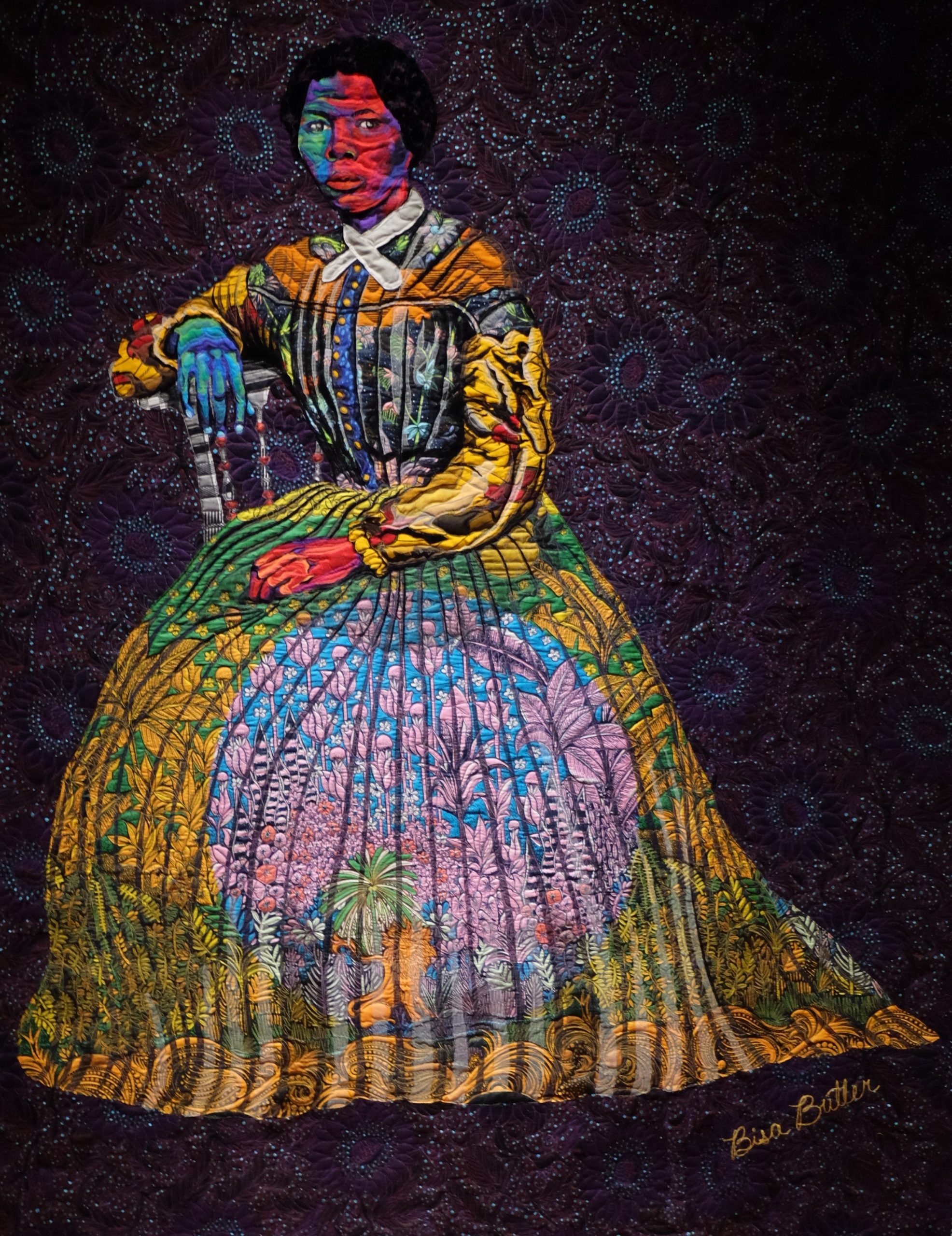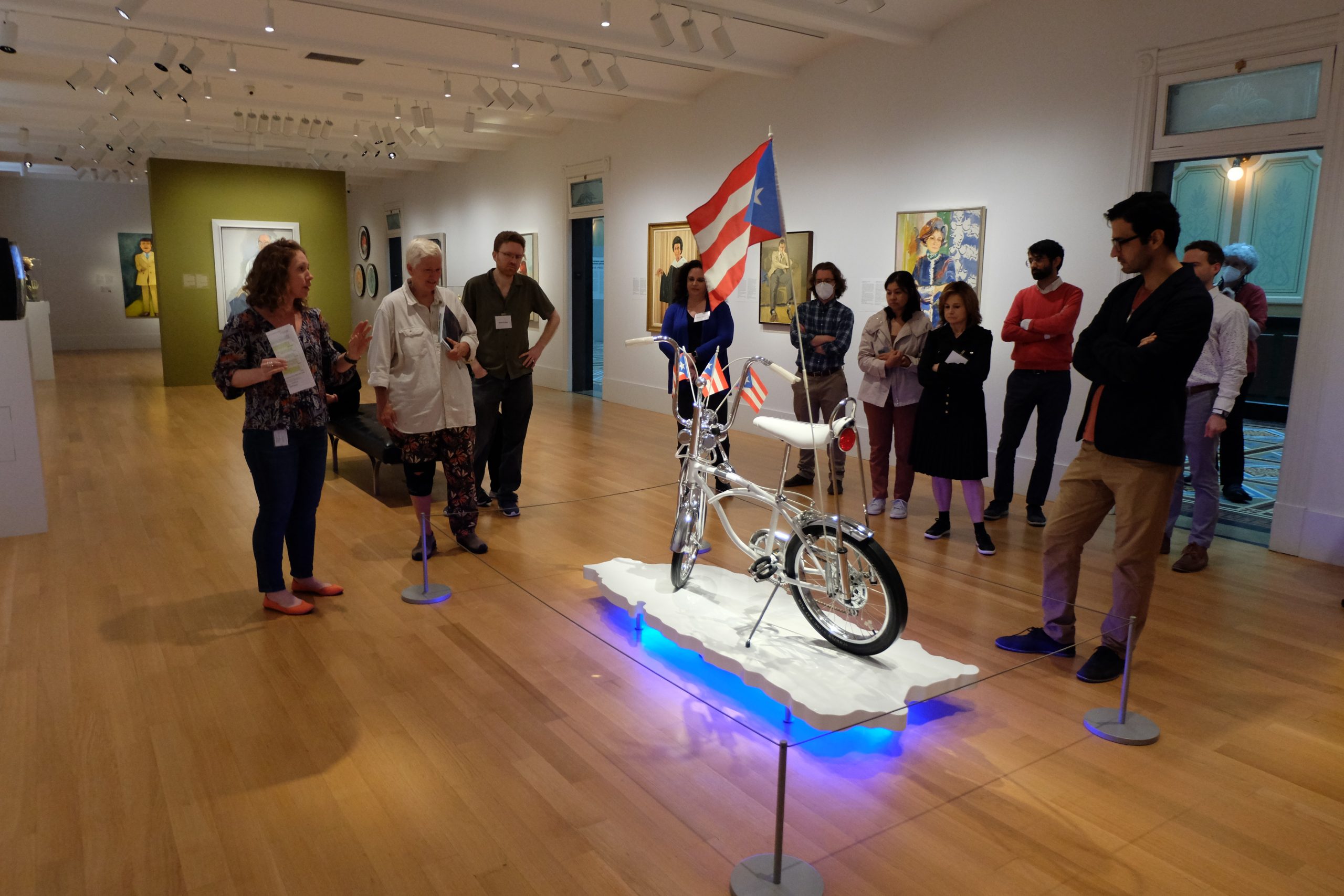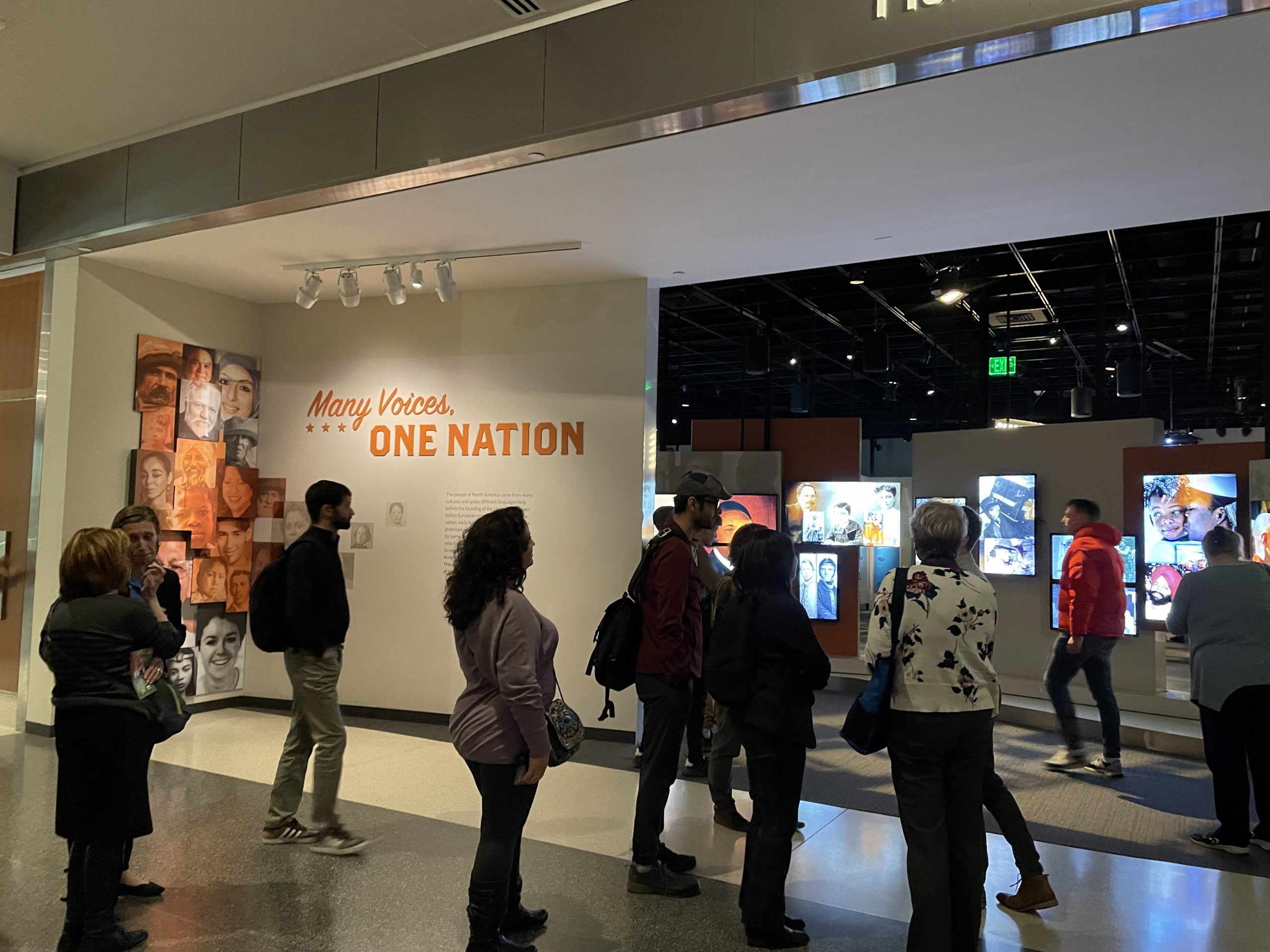When I last visited the National Museum of African American History and Culture, I started…
Humans and the Footprints We Leave: Climate Change and Other Critical Challenges
The unfolding epic of Planet Earth and the role humans have played in the complex drama of an ever-changing and endangered environment will be the focus of the 2020 Smithsonian Faculty Fellowship. Though life is a bit of a newcomer to our world, with its mere 3.7 billion-year history, Smithsonian scientists remind us that the story of life on our planet is one of evolution and extinction—plus adaptation. Humans, all life around them, and the often-violent forces that create change deeply affect one another while linking the past with the present and with an uncertain future. A major focus for the new cohort of Smithsonian Faculty Fellows will be the recently opened, blockbuster exhibit at the Smithsonian’s National Museum of Natural History: Deep Time, which takes visitors—in part– to a world before life as we know it. Five years in the making, the David H. Koch Hall of Fossils includes more than 700 fossils, including a jaw-dropping, 66-million-year-old T. rex, munching on a Triceratops. Alongside the remarkable remnants of history is a powerful message: “Climate change is happening at an extremely fast pace. And humans are the cause.” However, the exhibit also offers hope. Smithsonian scientists remind us that humans can be the answer to lessening the impact of climate change and other threatening challenges through technological and social advances, willpower, and partnership: profound agents for survival to thwart the world’s Sixth Mass Extinction—Earth optimism.
The 2020 theme creates thought-provoking and critical thinking opportunities in many disciplines on our three campuses—including STEM, humanities, social science, business, math, and the arts. Geology professors can look to the rocks and fossils for their inspiration while colleagues from other physical science arenas can study how weather, physics, geography, and astronomy have contributed to the making of Earth, water shortages, the shrinking of glaciers. floods, more frequent and violent storms, and eroding shorelines. Plant science professors can study the history of Earth via its life forms or how Native Americans have become one with their Earth; chemistry professors can ask their students to study the role carbon has played in climate change, both from natural and manmade causes. Biology professors may choose to study the role climate changes play in influencing the spread of infectious diseases or in mass depletions and/or extinctions. Archaeology, anthropology, sociology and history professors can study the role human evolution and adaptation have played in creating life as we know it or argue whether human evolution and adaptations evolved in response to environmental instability. Economics, business, mathematics, and statistics professors can probe the cost of climate change, the social and environmental stresses on the planet from big cities, or the lucrative opportunities businesses have for entering the climate change arena. IT professors can ask their students to develop formulas to help mitigate the effects of natural and manmade disasters or the destruction of endangered habitats. English, Reading, and Literature professors can offer students an opportunity to debate climate change, while the English Language for Academic Purposes, Linguistics, and Communications professors can delve into how communication is shaping the discussion of climate change and how today’s multi-media are presenting climate change to their audiences.
Education professors can experiment how best to teach the complex subject of climate change and how the choices we make will live far beyond us in deep time ahead. Psychology professors can introduce the role change can play in a person’s life and how migration can affect the mental and emotional state of those on the move, including suicide, when faced with loss of heritage, culture, and identity. Art, drama, and music professors can look to the stories and lessons learned in Deep Time and other Smithsonian exhibits to create images, dramas, and musical creations that spotlight the amazing journey humans and other life forms have taken on their home planet.
What will be our legacy, our footprints, on Planet Earth? Our faculty and students will discover at least some of the answers as we help to forge our future. The Smithsonian Faculty Fellowship, now in its 22nd year, is the product of a unique collaboration between the Paul Peck Humanities Institute and the Smithsonian.
Deadline for application: OCTOBER 15, 2019 at 5 pm.





This Post Has 0 Comments